Throughout the book, you will see marks to highlight some of the key statistics (  ) and insights ( [ ] ) we found poignant. We have also underlined some key terms and the names of women whose climate-related work is referenced. We have capitalized all races, following scholar Dr. Ibram X. Kendi.
) and insights ( [ ] ) we found poignant. We have also underlined some key terms and the names of women whose climate-related work is referenced. We have capitalized all races, following scholar Dr. Ibram X. Kendi.
Begin
A YANA E LIZABETH J OHNSON AND K ATHARINE K . W ILKINSON
Eunice Newton Foote rarely gets the credit shes due. In 1856 Foote theorized that changes in carbon dioxide in the atmosphere could affect the Earths temperature. She was the first woman in climate science, but history overlooked her until just a few years ago.
Foote arrived at her breakthrough idea through experimentation. With an air pump, two glass cylinders, and four thermometers, she tested the impact of carbonic acid gas (the term for carbon dioxide in her day) against common air. When placed in the sun, she found the cylinder with carbon dioxide trapped more heat and stayed hot longer.
From a simple experiment, she drew a profound conclusion: An atmosphere of that gas would give to our earth a high temperature; and if as some suppose, at one period of its history the air had mixed with it a larger proportion than at present, an increased temperaturemust have necessarily resulted. In other words, she connected the dots between carbon dioxide and planetary warming, and she did it more than 160 years ago.
Footes paper, Circumstances Affecting the Heat of Suns Rays, was presented in August 1856 at a meeting of the American Association for the Advancement of Science and then published. For unknown reasons it was read aloud by Joseph Henry, secretary of the Smithsonian, rather than by Foote herself. That was three years before Irish physicist John Tyndall published his own more detailed work on heat-trapping gaseswork typically credited as the foundation of climate science.
Did Tyndall know about Footes research? Its unclearthough he did have a paper on color blindness in the same 1856 issue of The American Journal of Science and Arts as hers. In any case, we have to wonder if Eunice Newton Foote ever found herself remarking, as so many women have: I literally just said that, dude.
Foote wasnt only a scientist. She was involved in the early movement for womens rights too. Her name appears on the list of signatories to the 1848 Seneca Falls Declaration of Sentimentsa manifesto created during the first womens rights convention in the United Statesright below suffragist Elizabeth Cady Stanton. Footes husband, Elisha, and abolitionist-philosopher Frederick Douglass also signed on, under gentlemen. (Of note: John Tyndall opposed womens suffrage.)
Foote, it seems, was a climate feminist.
The same patriarchal power structure that oppresses and exploits girls, women, and nonbinary people (and constricts and contorts boys and men) also wreaks destruction on the natural world. Dominance, supremacy, violence, extraction, egotism, greed, ruthless competitionthese hallmarks of patriarchy fuel the climate crisis just as surely as they do inequality, colluding with racism along the way. Patriarchy silences, breeds contempt, fuels destructive capitalism, and plays a zero-sum game. Its harms are chronic, cumulative, and fundamentally planetary.
And these structures are being actively upended. The Peoples Climate March and the Womens March. School strikes for climate and the #MeToo movement. Rebellions against extinction and declarations that times up. More than concurrent, these phenomena are connected by the systems they seek to transform and the values that guide them.
The climate crisis is not gender neutral. Climate change is a powerful threat multiplier, making existing vulnerabilities and injustices worse. Especially under conditions of poverty, women and girls face greater risk of displacement or death from extreme weather disasters. Early marriage and sex worksometimes last-resort survival strategieshave been tied to droughts and floods. There is growing proof of the link between climate change and gender-based violence, including sexual assault, domestic abuse, and forced prostitution. Tasks core to survival, such as collecting water and wood or growing food, fall on female shoulders in many cultures. These are already challenging and time-consuming activities; climate change can deepen the burden, and with it struggles for health, education, and financial security.
The list of harmful impacts caused by our rapidly changing climate goes long and it goes wide, especially for girls and women of color, those in the Global South, and those who are rural or Indigenous. In very real ways, the climate crisis thwarts the rights and opportunities of women and girls, as well as nonbinary people. These realities make gender-responsive strategies for climate resilience and adaptation critical. And they mean that bold climate action is critical to our aspirations for gender equality and justice.
However, the story does not, and must not, end with the label victim. When youre close to the problem, youre necessarily close to the solutions.
All around the world, women and girls are making enormous contributions to climate action: conducting research, cultivating solutions, creating campaign strategy, curating art exhibitions, crafting policy, composing literary works, charging forth in collective action, and more. Look around and you will see on the rise climate leadership that is more characteristically

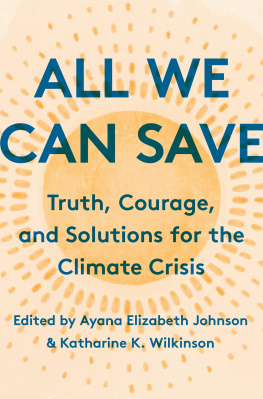


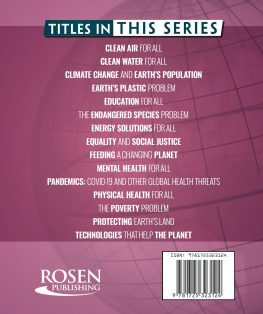
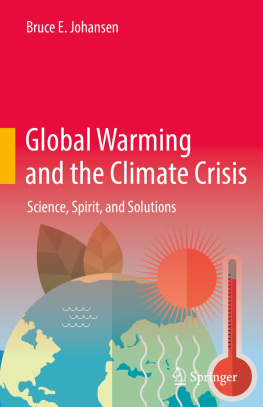
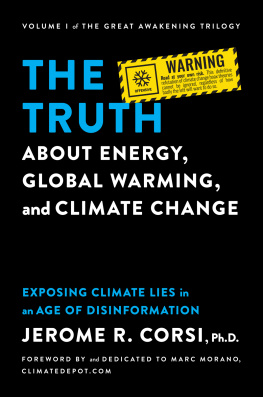
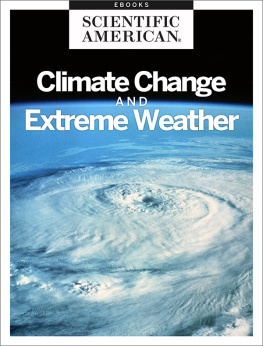
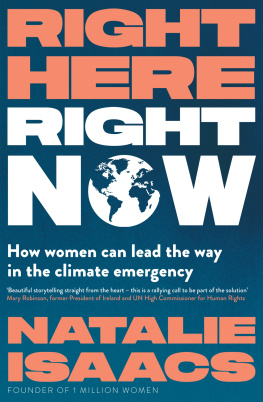

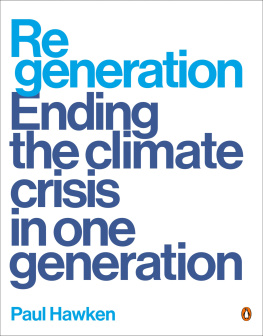


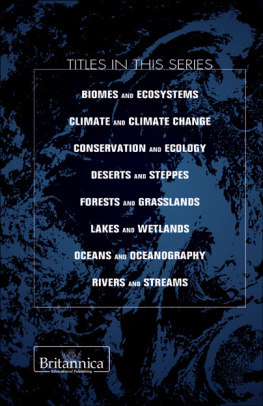
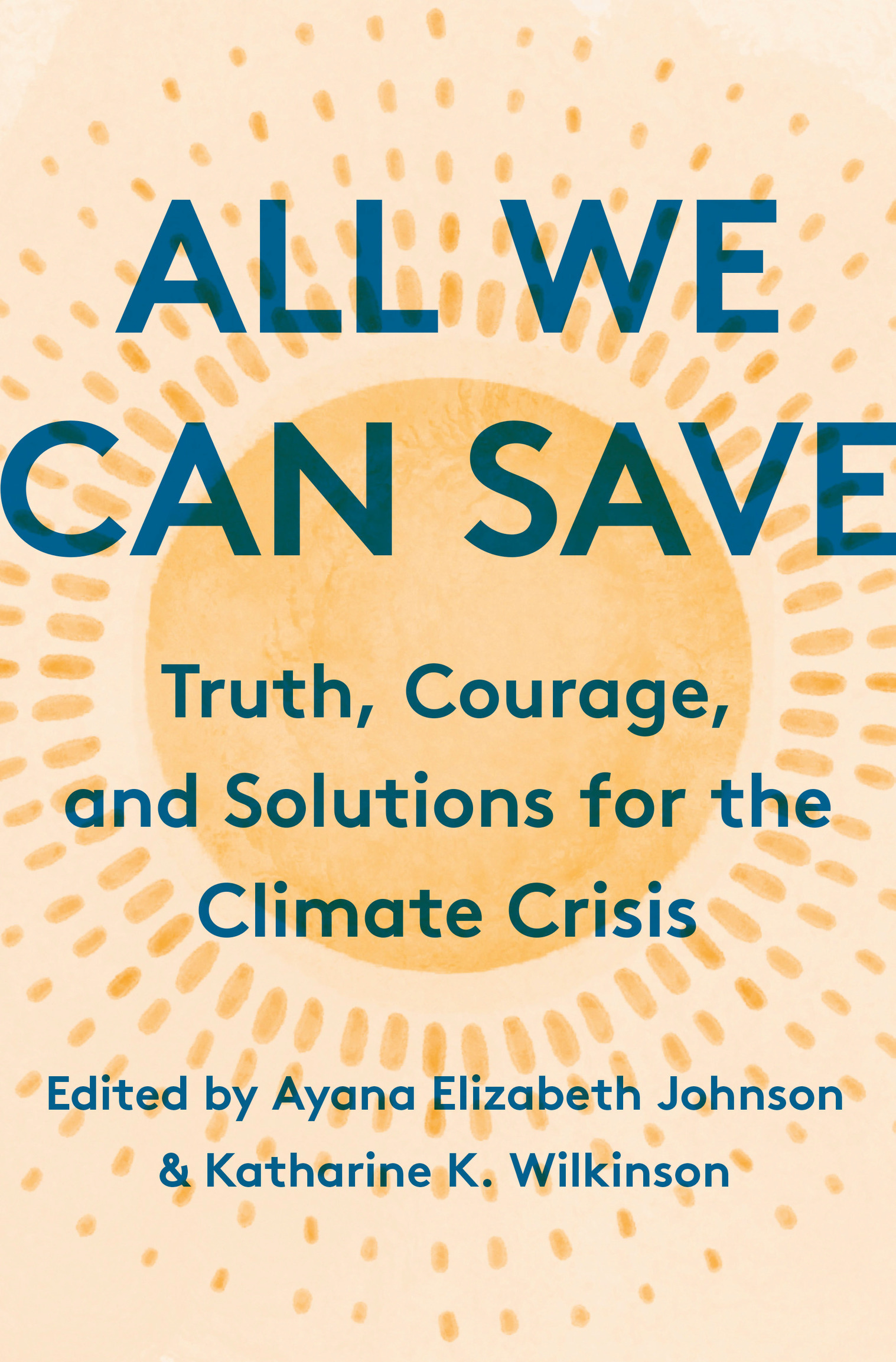
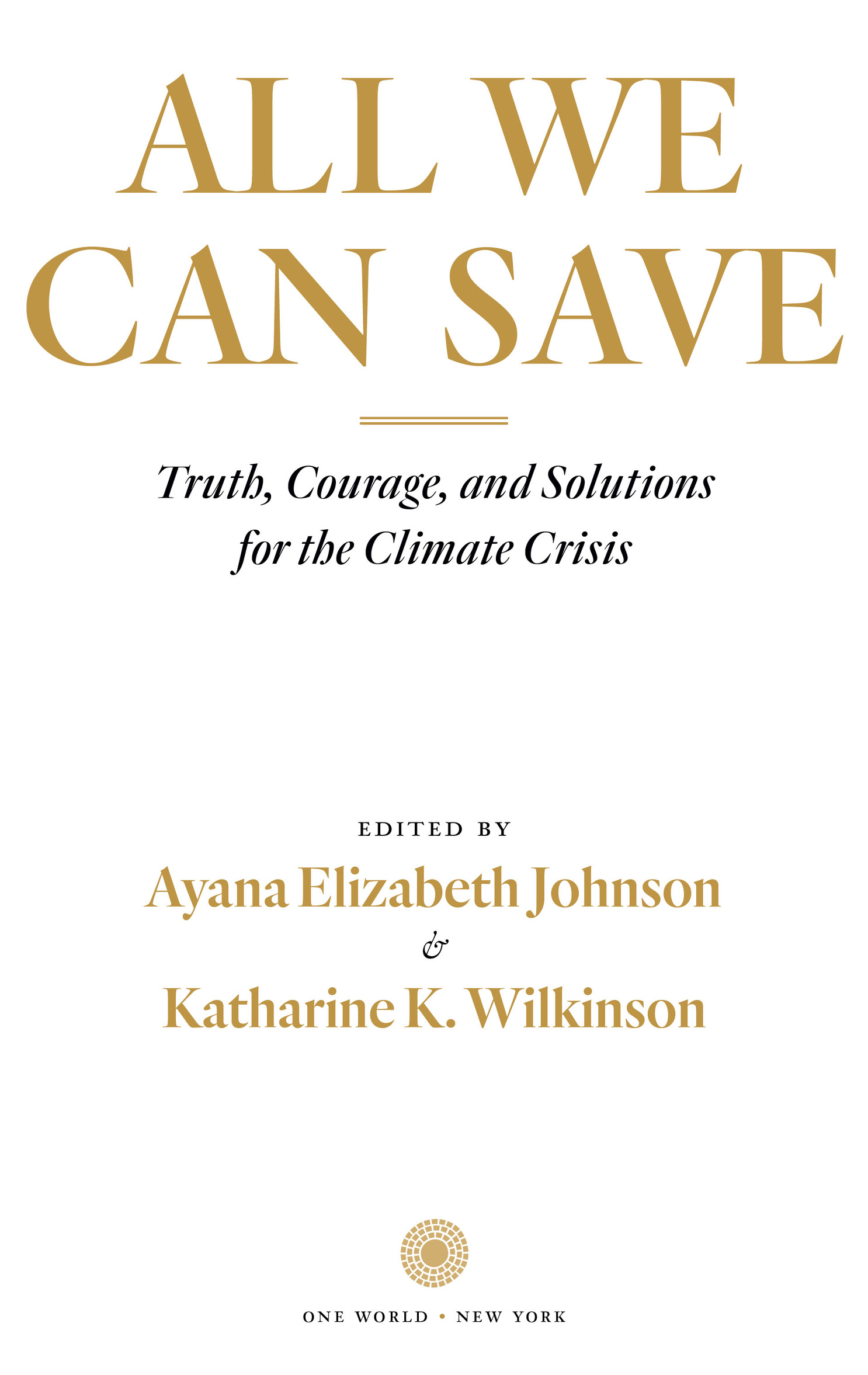

 ) and insights ( [ ] ) we found poignant. We have also underlined some key terms and the names of women whose climate-related work is referenced. We have capitalized all races, following scholar Dr. Ibram X. Kendi.
) and insights ( [ ] ) we found poignant. We have also underlined some key terms and the names of women whose climate-related work is referenced. We have capitalized all races, following scholar Dr. Ibram X. Kendi.